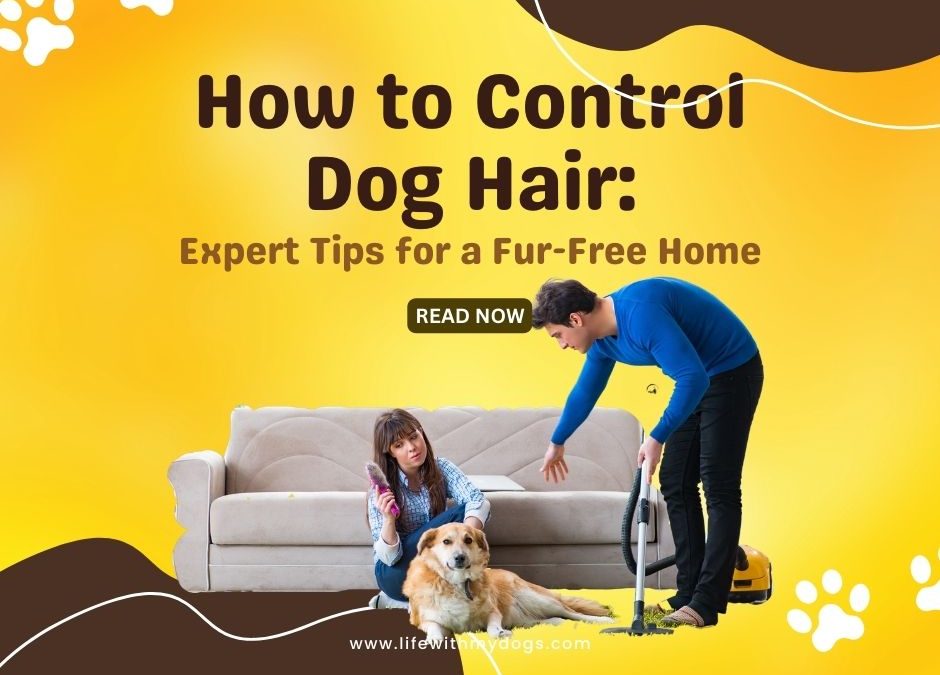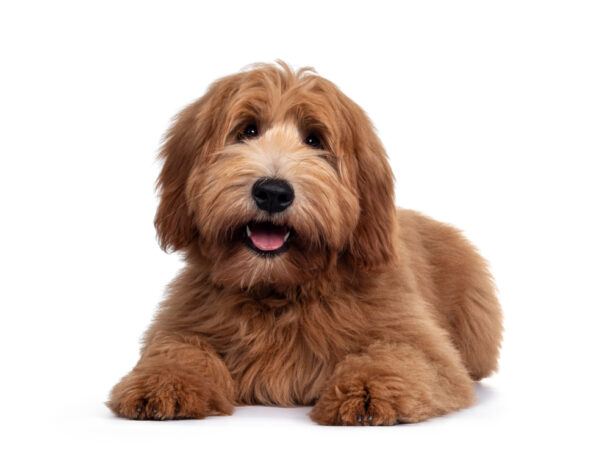LifeWithMyDogs is supported by our audience. When you purchase through one of our links, we may earn a small affiliate commission. As an Amazon Associate I earn from qualifying purchases. Your cost is not affected.
**********
Are you tired of constantly battling pet hair in your home? Is your furry friend’s shedding driving you up the wall? Fear not! We have compiled a comprehensive guide on controlling dog hair and maintaining a fur-free home. Say goodbye to hair tumbleweeds of fluff and hello to a cleaner, happier living space.
In this blog post, we’ll explore various factors that influence your dog’s shedding patterns, grooming, and furniture protection strategies, the importance of proper nutrition, cleaning techniques, and ways to improve indoor air quality. Let’s dive in and reclaim your home from pet hair!
Understanding Your Dog’s Shedding Patterns
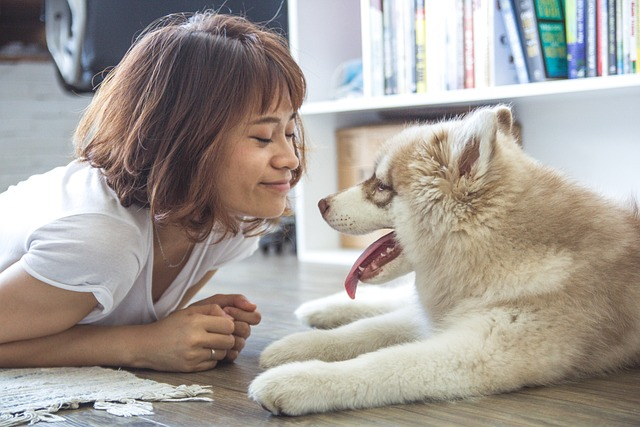
Understanding the factors influencing dog shedding – such as your dog’s breed, the season, and age – is a highly effective way to manage it. Recognizing these patterns allows for more efficient anticipation and management of pet hair.
We will delve deeper into breed-specific shedding patterns, seasonal variations, and age-related changes. This information can guide you in tailoring your approach to managing dog hair at home, leading to a fur-free sanctuary.
Breed-Specific Shedding Patterns
Shedding is not equal across all dogs. Unique shedding patterns exist among different breeds. Thus, knowing your dog’s breed becomes critical in effective pet hair management. Some breeds, like Afghan Hounds, Poodles, and Portuguese Water Dogs, don’t shed much, making them an excellent choice for those looking to minimize pet hair in the home. Understanding how dogs shed can help you decide the best breed for your lifestyle and pet hair preferences.
Using grooming tools suitable for your dog’s coat type is imperative. Tools such as slicker brushes, bristle brushes, and de-shedding brushes can help manage shedding by removing loose hair and preventing matting. Bear in mind your dog’s grooming needs, the potential allergies of household members, and the cost of professional grooming when selecting a breed.
Seasonal Shedding
Seasonal shedding, influenced by temperature, humidity, and daylight hours changes, is common in some dogs, leading to more hair loss during certain times of the year. On the other hand, some dogs may shed consistently throughout the year.
Observing your dog’s shedding patterns can reveal whether they shed seasonally. Regular brushing and a de-shedding tool can help manage this seasonal shedding by removing excess hair. Ensuring your dog gets a balanced diet and regular exercise can also help reduce shedding.
Age-Related Shedding
With age, dogs’ shedding patterns may change, necessitating the monitoring and adjustment of your grooming routine. Shorter lifespans of hair, hormonal imbalances, and age-related diseases can cause age-related shedding. As your dog ages, their hair cells can also change, resulting in changes in the texture and color of their fur.
Managing age-related shedding involves regular grooming with the appropriate tools and feeding your dog a balanced diet to control dog shedding. Vacuuming, mopping, and dusting can help reduce dog shedding around your home, keeping it clean and fur-free.
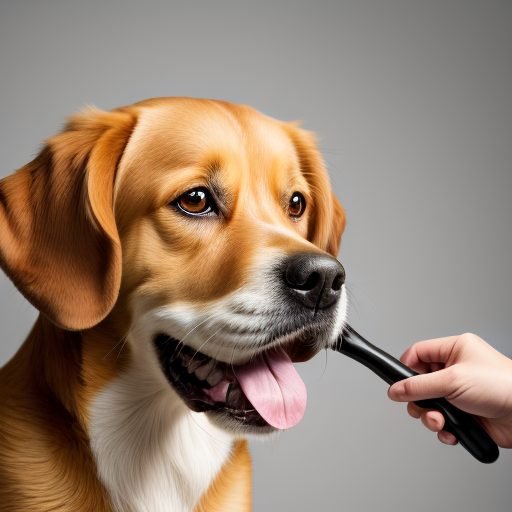
Tips for Managing Dog Hair at Home
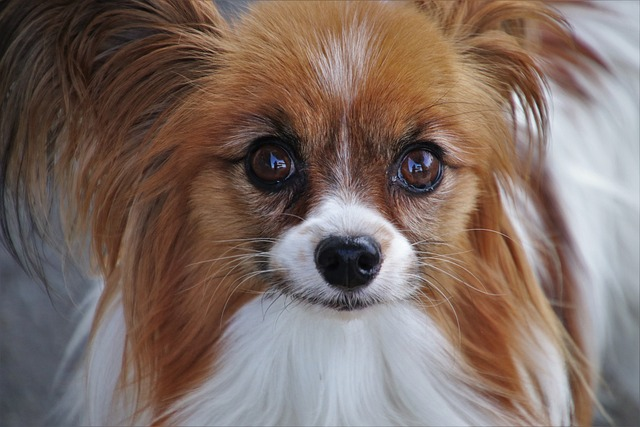
Implementing effective grooming and furniture protection strategies can make a significant difference in managing dog hair at home. Regular grooming, using the right tools, and protecting your furniture can help reduce shedding and keep your dog’s coat healthy.
We will provide practical tips for regular grooming, selecting suitable tools, and safeguarding your furniture from pet hair. These strategies will help you stay on top of your dog’s shedding and maintain a fur-free home.
Regular Grooming
Regular grooming activities, including brushing and bathing, are crucial in reducing shedding and maintaining a healthy coat for your dog. Brushing helps remove dead hair and distributes natural oils throughout the coat, promoting a healthy shine and reducing shedding. Shampooing your dog maintains cleanliness while promoting healthy skin and a glossy coat.
Consistency is vital when it comes to grooming. Here are some tips to keep your dog looking and feeling their best:
- Regularly brush your dog to remove loose hair and prevent matting.
- Professional grooming every 4-6 weeks is also recommended to keep shedding to a minimum.
- Grooming is an excellent opportunity to perform an overall health check on your pet, ensuring it stays in tip-top shape.
Choosing the Right Grooming Tools
Using appropriate grooming tools for your dog’s coat type removes loose hair and prevents matting. Brushes and clips can be great for reducing shedding, and different tools like bristle brushes, slicker brushes, de-shedding brushes, and detangling combs serve specific purposes.
When using grooming tools, be gentle and use the right tool for the job. For example:
- Start at the head and work down the body, brushing toward hair growth.
- When combing, begin at the tips of the hair and work your way up to the roots.
- When clipping nails, only clip the tips, avoiding the quick.
Furniture Protection
Consider using easily removable and washable items like slipcovers, throws, or blankets to safeguard your furniture from pet hair. This ensures your furniture stays pet-fur-free.
Establishing off-limit areas for your pets and washing bedding regularly can also help keep fur away from your furniture. Be extra vigilant when your pet is left alone for extended periods, as pet hair has more time to become embedded in the furniture.
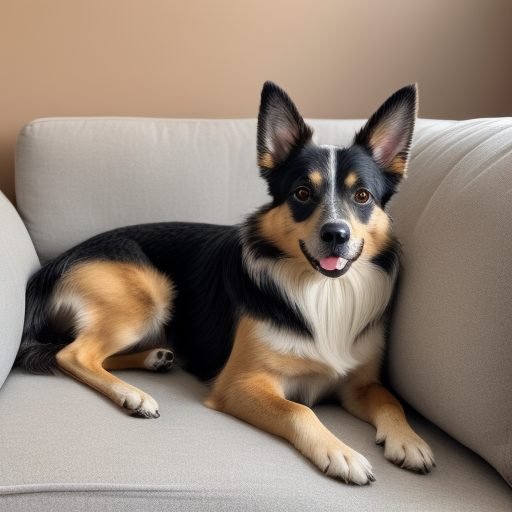
Nutrition and Health Factors Affecting Shedding
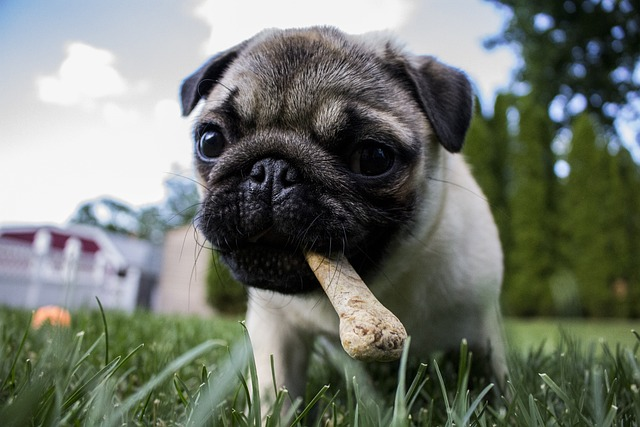
Addressing health issues and ensuring proper nutrition can mitigate excessive shedding in dogs. Feeding your dog a balanced diet with high-quality ingredients is fundamental to promoting a healthy coat and minimizing shedding. Identifying and treating any underlying health issues can prevent further hair loss.
We will now discuss vital topics such as the importance of a balanced diet, the use of supplements for healthy skin and coat, and the identification of health issues related to shedding. These factors will help ensure your dog’s overall health and minimize shedding.
Importance of a Balanced Diet
Promoting a healthy coat and minimization of shedding hinges on feeding your dog a balanced diet with high-quality dog food. A balanced diet should include a good mix of:
- proteins
- carbs
- fats
- vitamins
- minerals
- water
Ensuring your dog’s coat gets essential fatty acids like omega-3 and omega-6 is vital for maintaining a healthy coat. To ensure your pup gets all the necessary nutrients, feed them a diet with high-quality ingredients and consult your vet for recommendations. Providing your dog with the proper nutrition will keep their coat healthy and support their overall health and well-being.
Supplements for Healthy Skin and Coat
Supplements like Omega-3 fatty acids can enhance your dog’s skin and coat health, potentially reducing shedding. Omega-3 fatty acids promote healthy hair growth and support joint, heart, and immune health. Before adding supplements to your dog’s diet, please consult your vet to ensure they are beneficial and suitable for your pet. In addition to Omega-3 fatty acids, antioxidants, and probiotics may also promote a glossy coat and healthy skin.
Identifying Health Issues Related to Shedding
Health issues causing excessive shedding can be identified and addressed during regular vet visits. Skin allergies, parasites, and infections can all be identified and treated during a vet visit. These issues can cause significant excess shedding, so addressing them promptly is essential for maintaining a fur-free home.
By keeping up with regular vet visits, you can ensure your pup’s health is in check, and any potential health issues are addressed quickly. A healthy dog is a happy dog, and a fur-free home is a happy home!
Cleaning Techniques for a Fur-Free Home
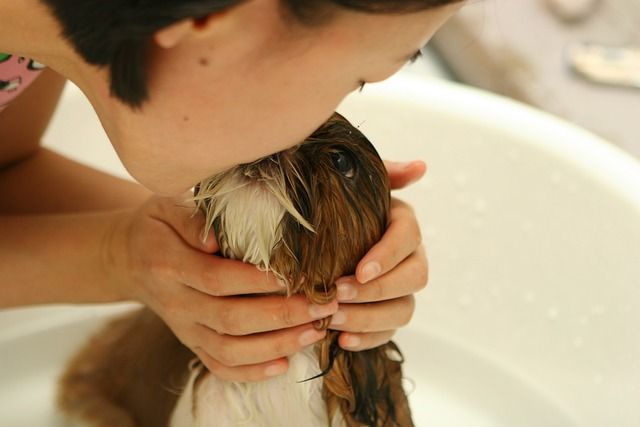
Maintaining a fur-free home can be achieved through various cleaning techniques. Some effective methods include:
- Regular vacuuming
- Mopping
- Dusting
- Using rubber gloves or lint rollers for spot cleaning
These techniques can help keep pet hair under control and maintain a clean home. We will now explore practical cleaning techniques and tips. These include:
- Vacuuming
- Mopping
- Dusting strategies
- Alternative pet hair removal methods
These techniques will help ensure your home remains clean and fur-free.
Vacuuming Strategies
Establishing a vacuuming routine aimed at pet hair is crucial for keeping your home fur-free. Use a vacuum cleaner with appropriate attachments to reach pet hair in hard-to-reach spots, and consider investing in a robot vacuum for added convenience.
Establish a vacuuming schedule, focusing on high-traffic areas more frequently, and use the right attachments for different surfaces. Regular vacuuming will help keep pet hair under control and maintain the cleanliness of your home.
Mopping and Dusting Tips
Regular mopping of hardwood floors and dusting of surfaces can help remove pet hair and dander. For hard floors, use a damp mop and a cleaning solution specifically formulated for the floor type. Dust surfaces with a damp or microfiber cloth to effectively remove pet hair. Incorporating mopping and dusting into your cleaning routine will help remove pet hair and improve your home’s overall cleanliness. A clean home is a comfortable and welcoming space for you and your furry friend.
Alternative Pet Hair Removal Methods
At times, stubborn pet hair might resist conventional cleaning methods. In these cases, alternative pet hair removal methods such as rubber gloves, lint rollers, or damp sponges can be effective for quick and targeted cleaning.
Rubber gloves can help pick up pet hair from furniture and clothing, while lint rollers make removing pet hair from clothes and upholstery easy. Damp sponges can also gather pet hair from surfaces by breaking static electricity that causes hair to cling. Exploring these alternative methods can help you maintain a fur-free home with ease.
Improving Indoor Air Quality
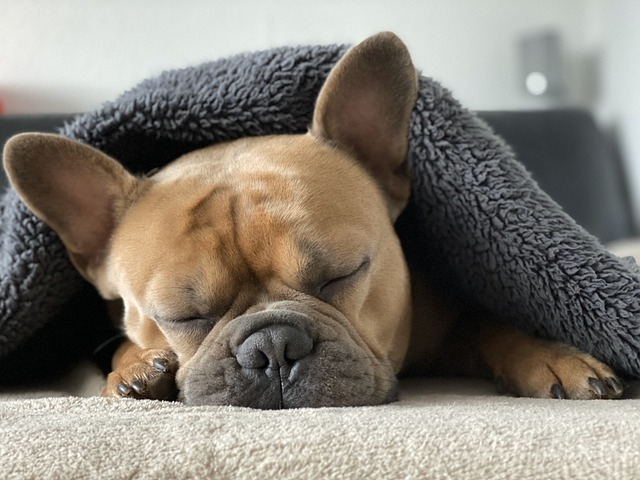
The right air filter, coupled with a well-maintained HVAC system, can enhance indoor air quality, offering health benefits for your family. Some benefits of using the right air filter include:
- Reducing pet hair and dander, which can worsen allergies, asthma, and other conditions
- Removing dust, pollen, and other airborne particles that can trigger respiratory issues
- Improving overall air circulation and ventilation in your home
Addressing these issues is crucial for maintaining a healthy living environment and following a healthy diet. We will now delve into selecting the right air filter and maintaining your HVAC system. These steps can reduce pet hair and allergens in your home, leading to a cleaner and healthier living space.
Choosing the Right Air Filter
Choosing air filters to trap pet hair and dander is crucial in improving indoor air quality. Change these filters regularly to ensure optimal performance and maintain a clean, healthy home. When shopping for air filters, consider products from reputable brands like Aprilaire, designed to capture pet hair and dander effectively. The right air filter lets you breathe easily, knowing your home is free from pet hair and allergens.
Maintaining Your HVAC System
Routine cleaning of air ducts and maintenance of your HVAC system can aid in reducing pet hair and allergens in your home. Ensure your system runs efficiently by scheduling regular maintenance and cleaning air ducts as needed.
An efficient HVAC system improves indoor air quality, saves energy, and keeps your home comfortable. Maintaining your HVAC system can create a healthier environment for you and your furry friend.
Mastering Dog Hair Management for a Fur-Free Home
In conclusion, managing dog hair and maintaining a fur-free home requires a multifaceted approach. Understanding your dog’s shedding patterns, implementing effective grooming and furniture protection strategies, providing proper nutrition, employing various cleaning techniques, and improving indoor air quality are essential.
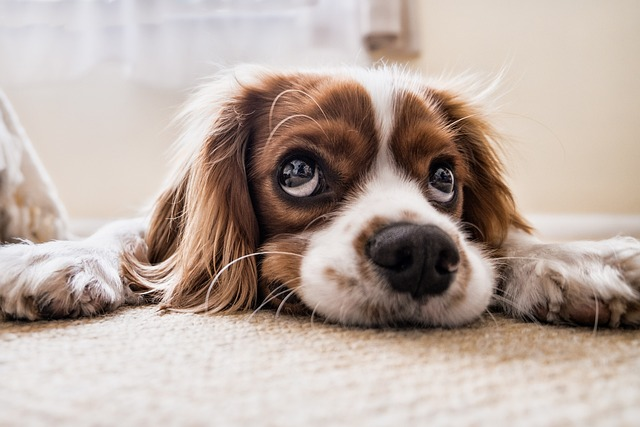
By following the tips and strategies discussed in this blog post, you can take control of dog hair in your home and create a cleaner, healthier living space for you, your family, and your furry friend. It’s time to reclaim your home from pet hair and enjoy the company of your beloved pet without the hassle of constant shedding.
Frequently Asked Questions
How do you reduce dog hair in your house?
To reduce dog hair in your house, brush and bathe your pet regularly, vacuum daily, keep pet hair removal tools handy, and sweep or mop your floors. A damp cloth or rubber gloves are also great for picking up pet hairs.
How can I get my dog to stop shedding so much?
Combat shedding with frequent bathing and de-shedding treatments, along with regular brushing. Don’t forget to feed your pup a healthy diet and provide plenty of water to keep their coat healthy and reduce shedding. Also, consider clipping and giving supplements to help reduce excess hair.
How do you take care of a dog's hair?
Take care of a dog’s hair by regularly brushing and grooming it to remove dirt, dead hair, mats, and tangles. Bathe your dog occasionally to keep their coat clean and healthy. Feed them a nutritious diet and use natural oils like hemp seed and coconut oil to maintain a healthy shine. Additionally, protect your dog against parasites with regular vet consultations.
What factors influence my dog's shedding patterns?
Your dog’s breed, season, and age influence their shedding patterns, so adjust your grooming routine accordingly.
How can I manage seasonal shedding?
Regular brushing and de-shedding tools, combined with proper diet and exercise, can help manage seasonal shedding in your dog.
? Join the Pawsome Journey! Follow Us Today! ?
Stay in the loop with all things dog-tastic! ? Connect with us on our social media platforms and embark on an adventure through the world of furry friends at Life With My Dogs.
- Like us on Facebook for daily doses of canine cuteness.
- Follow us on Instagram to witness adorable snapshots and heartwarming stories.
- Pin your favorite doggy moments on Pinterest and discover new tips and tricks.
- Stay updated on Twitter @LifeWithMyDogs9 for the latest dog-related news and more!
Join us in celebrating the joy, love, and adventures of having furry friends. Follow us today and be part of our pawsome journey! ?❤️

